
Exercises to Train the Posterior Chain Muscles for Runners
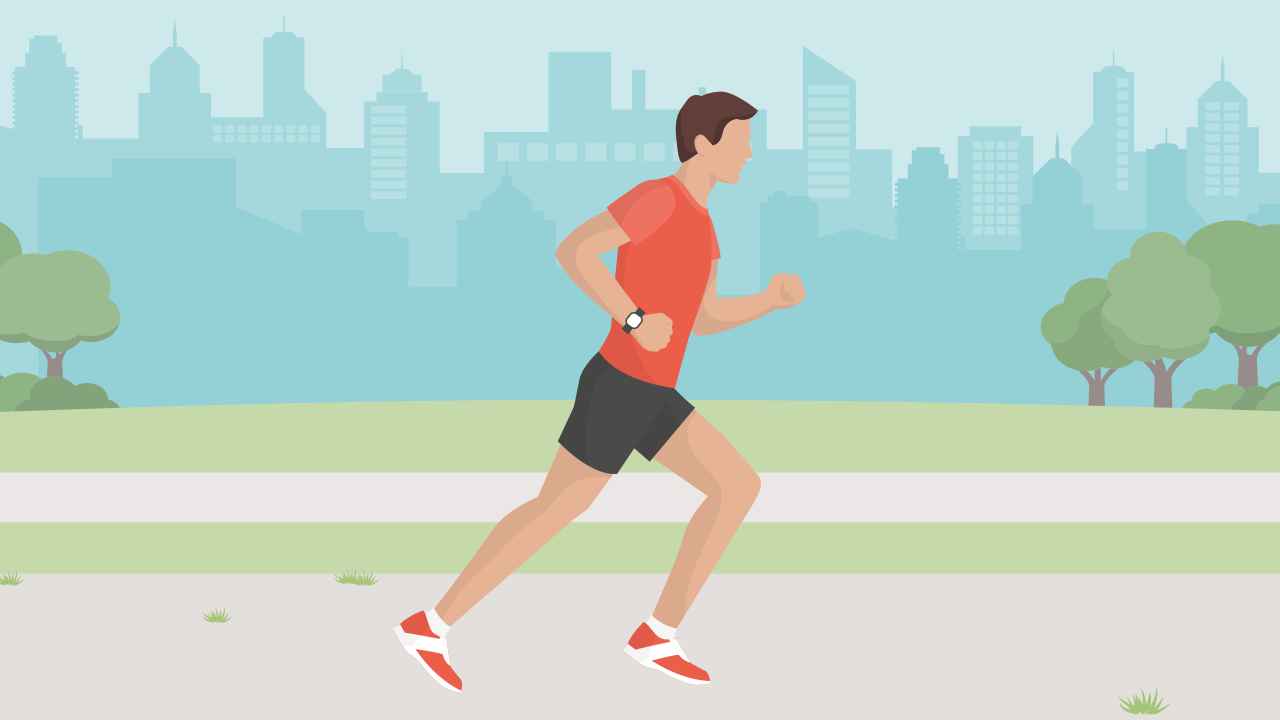
Contemporary lifestyle and working patterns involve sitting in a place for long periods. Even individuals who indulge in daily exercise may end up spending quite a bit of their day sitting. While it can be nice to give your legs some much-needed rest, spending a lot of time sitting can result in the weakening of your posterior chain muscles or muscles in the backside of your body. In turn, this can cause problems when you perform physical activities like running.
What is the posterior chain?
The posterior chain comprises muscles on the posterior or back of the body, including the triceps, erector spinae, trapezius, posterior deltoids, gluteal muscles, hamstrings, and calves.

Why is the posterior chain so important for runners?
Strength in the posterior chain muscles of the lower body is vital for runners. It is because these muscles propel the body forward. More specifically, the glutes extend the hips and keep the femurs properly aligned; the hamstrings extend the hips and flex the knees, while the calves extend the ankles.
Strength in the hamstrings and calves is also essential to stabilize the knees throughout the running motion. In addition, the back muscles act to straighten and extend the spine, which is required for proper posture and gait.
How the body moves during running, and the relationship between these movements and the forces that help in driving these movements, is referred to as running biomechanics. If you consider the biomechanics of running, you are flexing the hips, knees, and ankles with every stride. However, you are also extending these joints to derive power and speed.
If you are someone who spends a lot of time sitting, chances are that your posterior muscles may weaken. As a result, the anterior muscles may compensate for it during physical activities and perform movements that they are not designed to do
For instance, prolonged sitting throughout the day can tighten or weaken the glutes, which play an important role in running. Weak glute muscles tend to lose their ability to stabilize and extend the hip. Therefore, while running, the quadriceps may begin to compensate for weak glutes and can lead to poor stride and form. Over time, this can result in problems, like a decline in your running performance and an increased risk of injury.
All runners will benefit from adding posterior chain exercises to their workout regimen to achieve an optimal balance between the posterior and anterior muscle groups. This balance is key to maintaining stride efficiency and power.
How can you tell if your posterior chain muscles are weak?
A few telltale signs may indicate that your posterior chain muscle groups may be lengthened or weak. For example, if you regularly experience knee pain, it may be a warning that you need to strengthen your hamstrings. If you have back pain during runs or when resting, you may have tight or overdeveloped quadriceps and hip flexors, which are the anterior chain muscles, as they are located on the body’s front section. This may be a hint of weakness in the hamstrings and glutes. Also, if you feel your speed or power is lacking, understand that it is time to strengthen the posterior chain to improve your performance.
Posterior chain strengthening exercises for runners
As a runner, you may incorporate a few exercises into your routine to strengthen your posterior chain muscles. Here are some posterior chain strengthening exercises for runners:
1. Hip bridge
This is a great exercise to target your glutes. Weakness in the glutes can cause a runner’s quadriceps to overcompensate, resulting in an imbalance over time that can eventually lead to injury.
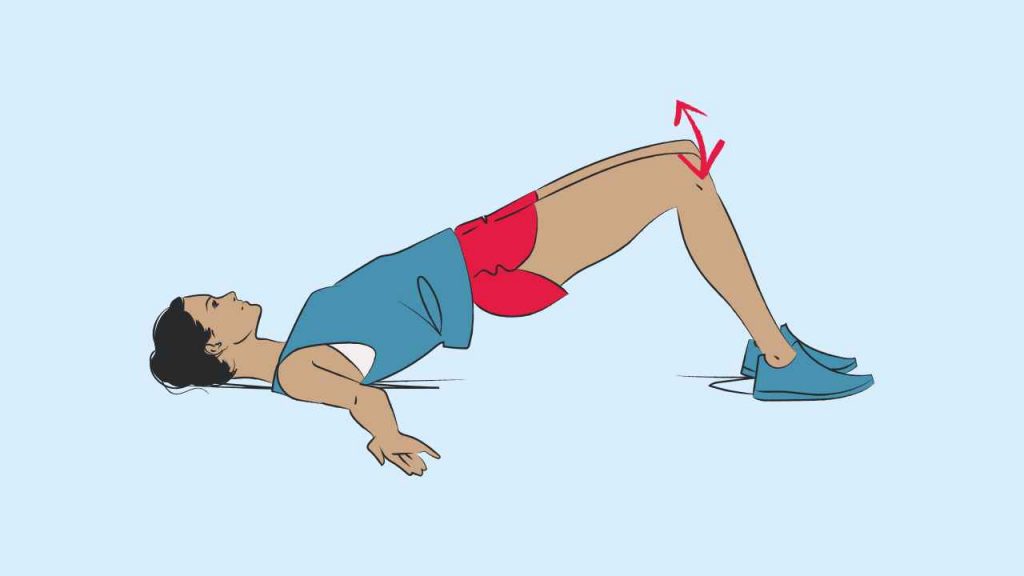
To perform a hip bridge, lie with your face up on a yoga mat. Keep your knees bent, feet flat, and arms out to the side. Rest on the ground with your palms up. Contract your glutes and push into the floor with your heels; lift your hips off the floor until your body forms a straight line from knees to shoulders. Hold that position for a second or two before lowering back to the mat. You can add resistance or perform with a single leg in contact with the ground to increase the challenge once you grow comfortable with the movement.
2. Hip thruster
This workout is a progression of the hip bridge exercise.
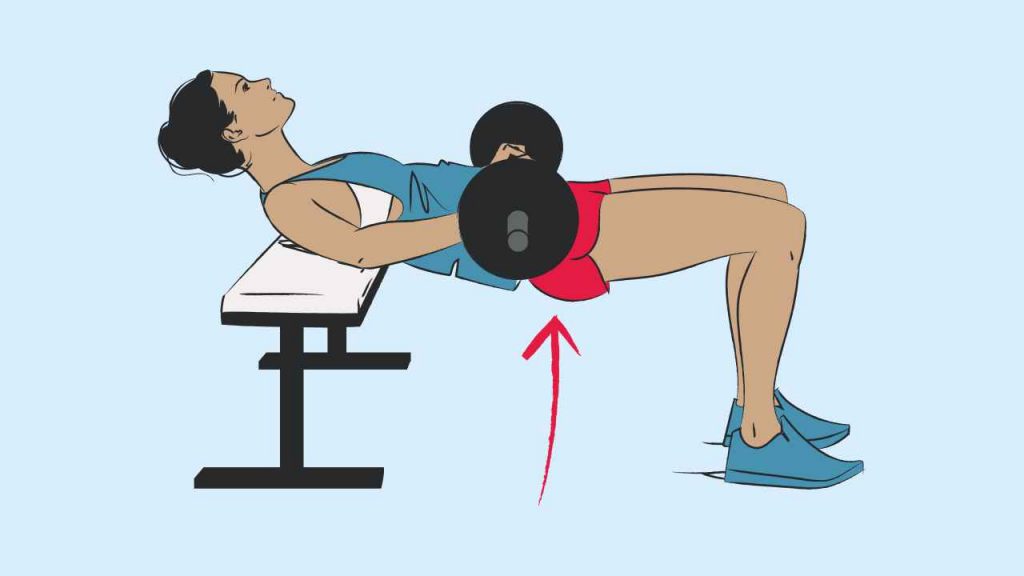
To perform this exercise, position your back perpendicular to an exercise bench or stability ball with your knees bent and feet flat on the floor. Place a barbell across your hips while your hips are flexed. Then, press through your heels and engage your glutes to powerfully drive your hips to full extension. After doing that, slowly lower back to the starting position. Avoid arching or rounding your back at any time during this exercise.
3. Deadlift
This exercise targets nearly every muscle on the posterior chain. It will help you develop strength and power.
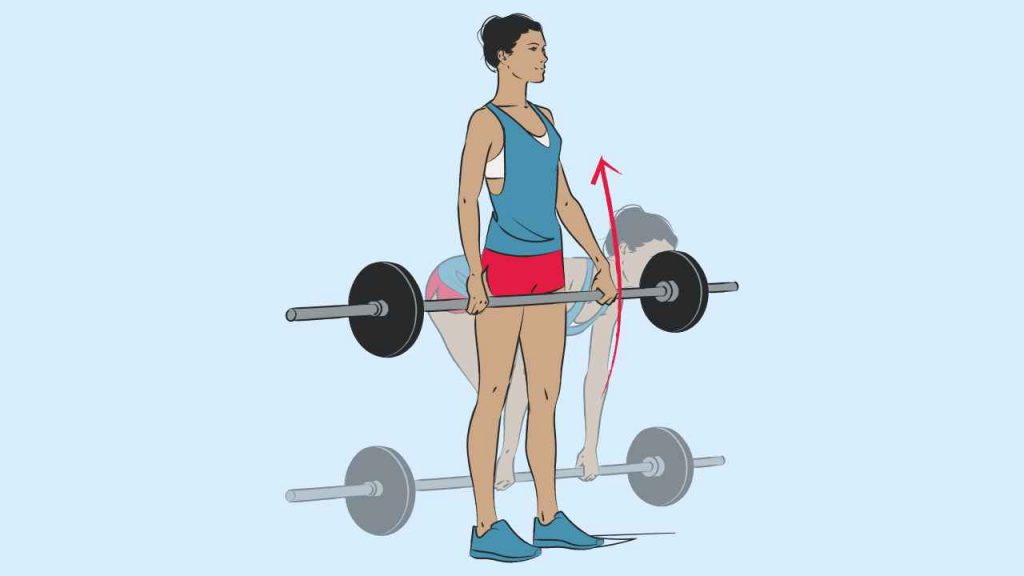
To do this workout, stand with your feet, hip-width apart, and your shins close to the barbell. Lower into a squat by flexing your hips and knees. Then, grasp the bar with an overhand or mixed grip that is wider than your legs. Flatten or slightly arch your back while looking straight. Engage your core and press through the heels to lift the bar along the front of your shins as you extend the knees and hips. Lift until your body reaches full extension. Then, return to the starting position.
4. Kettlebell swing
This may be an effective exercise for improving strength in the posterior chain. In addition, kettlebell swings can provide a cardiorespiratory benefit if performed with limited rest between sets.
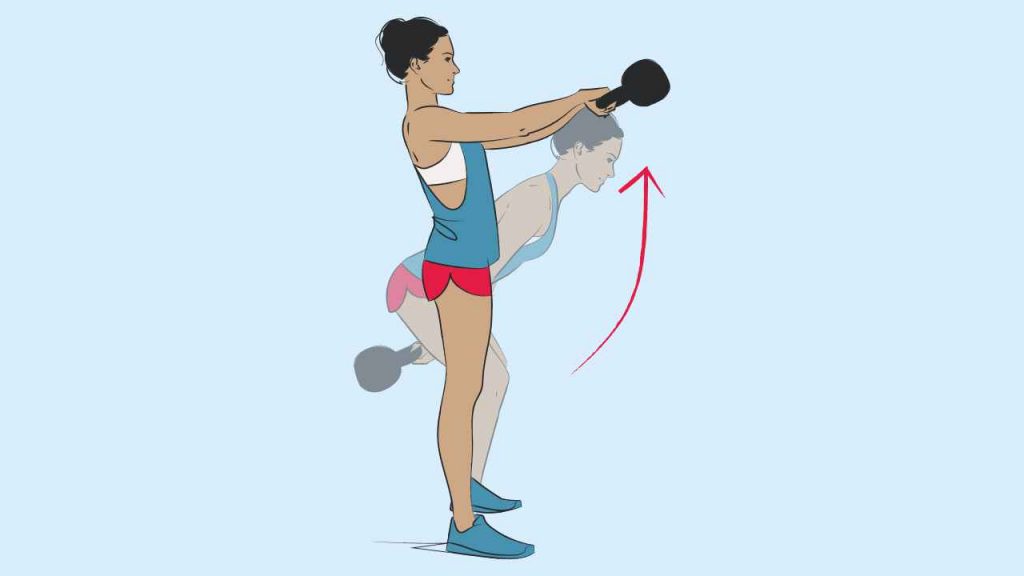
Begin by standing with your feet, shoulder-width apart, holding a kettlebell with both hands. Ensure that your arms are extended toward the floor. Hip hinge with the kettlebell hanging freely between your legs, while being sure to keep your back straight or slightly arched. Swing the kettlebell slightly toward the back. Then, immediately push through the heels. Extend your hips and knees to swing the kettlebell forward and up, to about shoulder height. Squeeze your glutes and open your hips at the top of the movement. As the weight begins to descend, lower back into a hip-hinge position and immediately repeat the movement. Remember that the power required to perform this exercise comes from the hips and legs; a common error involves using the shoulders or arms to lift the weight, which can lead to injury.
5. Back extension
This exercise targets your back muscles.

Lie face down over the top of a stability ball so that your stomach is resting on top of the ball. Straighten your legs and use your feet to stabilize yourself. Contract your back to lift your upper body off the ball, pause, and then lower back down slowly with control. You may also perform this exercise with your hands on the floor for balance and lifting the legs off the floor, keeping them straight and together throughout the movement.
6. Hip flexor stretch
You may be wondering why we have listed a stretch for hip flexors, which are a part of the anterior chain, alongside these muscle-strengthening exercises for the posterior chain. In addition to providing a release for the hip flexors, this stretch forces you to engage your posterior hip muscles. Tightness in the hip flexors is a side-effect of sitting too much and can be a limiting factor in the strength of the posterior chain.

To perform this exercise, kneel into a lunge position by placing your right leg forward and left leg at the back. Simultaneously, press the right heel and the top of the left foot into the floor as you engage your glutes. Gently press your hips forward until you feel tightness or slight discomfort in the left hip flexors. For a deeper stretch, reach overhead with your left arm. Hold for 10 to 30 seconds and then repeat with the left leg forward and the right leg back. Perform for a total of 60 seconds of stretching time on each side.
7. Face pulls
Face pulls are a great form of workout for your upper back muscles, trapezius, and posterior deltoids.
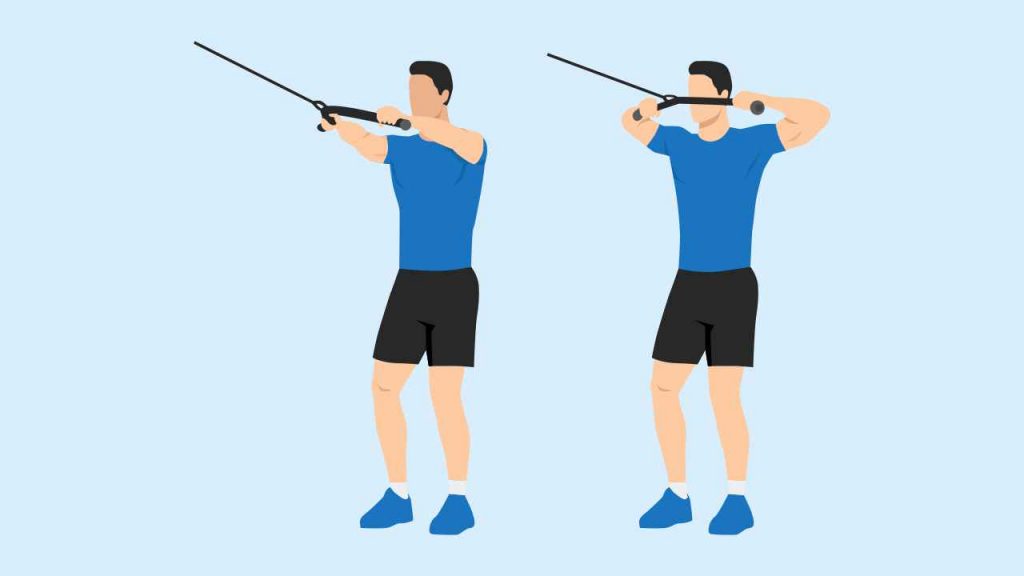
Grasp the handles with an overhand grip in a way that your palms face the floor. Hold the handle with your arms fully extended in front of you. Engage your core and lean back slightly while positioning your body at a roughly 20° angle. Pull the handles straight toward your forehead, keeping your upper arms parallel to the floor, and engage your shoulders. Keep your palms facing in as your elbows flare outward toward the sides. Keep your movements slow and gradually extend your arms to return to the starting position. It is important to maintain a good posture without letting your shoulders or chest roll forward as you extend.
You may do two to three sets of 12 repetitions (reps), with at least 30 seconds of rest between sets. Use the trial and error method to find a resistance that fatigues you by the end of each set. Once you can comfortably complete multiple sets of 12 reps of an exercise, increase the resistance by 5%. For instance, if you can perform an exercise comfortably by lifting 5kg weight for 12 reps over multiple sets, increase the resistance by 0.25kg.
Posterior chain muscles often get neglected. However, adding exercises focusing on these muscles in your strength training sessions can help build muscle strength in these areas. In the long run, these workouts can enhance your running performance.
Reference
1. American Council on Exercise. Medical Exercise Specialist Manual. San Diego: American Council on Exercise, 2015.














